Understand
Throughout its vibrant history, Naju has served as the capital of the Jeolla Province, formerly known as Geumseong. It has witnessed the rise and fall of various kingdoms, including the influential Mahan Confederacy, Baekje Kingdom, Koryo Kingdom, and Joseon Kingdom. However, the capital of the province was eventually relocated to the neighboring city of Gwangju in 1895 under Joseon's rule. Although Naju may appear modest and distant, it holds countless treasures for adventurous tourists and expats lucky enough to call it home. The city's fame extends far beyond its borders, especially when it comes to pears. Mention the name "Naju" to any Korean, and their mind will quickly envision the succulent fruit. Over the past two decades, Naju has experienced significant economic and cultural transformations. It all began with the national government's initiative to decentralize the Seoul economy, compelling numerous corporations to relocate to regional areas like Naju. This strategy birthed Innovation Cities, and Naju became one of them, hosting prominent institutions such as the country's main post office headquarters and Korea's Creative Content Agency. Additionally, various government agencies focused on agriculture have found their home in Naju. These changes propelled Naju's economic growth, attracting thousands of individuals seeking employment opportunities. Another significant shift occurred with the rise of international marriages in the early 2000s. In Naju, approximately 10% of marriages became multicultural, primarily involving older, divorced Korean men and young women from Southeast Asia. This multiculturalism adds a vibrant and diverse character to Naju, making it an inclusive and welcoming community.
Map & Climate
Popular Foods
 The first and perhaps most famous Korean dish is Kimchi Jjigae, a spicy stew made from fermented vegetables (most commonly napa cabbage), with sliced pork, tofu, and chilli peppers added for extra kick. It's a comforting yet fiery dish that showcases the depth of Korean flavours.
The first and perhaps most famous Korean dish is Kimchi Jjigae, a spicy stew made from fermented vegetables (most commonly napa cabbage), with sliced pork, tofu, and chilli peppers added for extra kick. It's a comforting yet fiery dish that showcases the depth of Korean flavours. 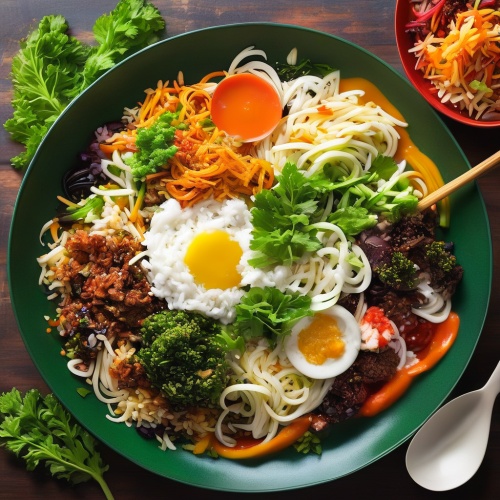 Bibimbap is another wildly renowned Korean dish which translates directly to 'mixed rice'. It's typically served as a bowl of warm, steamed white rice, topped with sautéed vegetables, sliced meat (often beef or chicken), a fried egg, and chilled gochujang (red pepper paste) sauce that's stirred into the dish just before eating. This versatile meal can be enjoyed with an array of side dishes, making it both hearty and customizable.
Bibimbap is another wildly renowned Korean dish which translates directly to 'mixed rice'. It's typically served as a bowl of warm, steamed white rice, topped with sautéed vegetables, sliced meat (often beef or chicken), a fried egg, and chilled gochujang (red pepper paste) sauce that's stirred into the dish just before eating. This versatile meal can be enjoyed with an array of side dishes, making it both hearty and customizable. 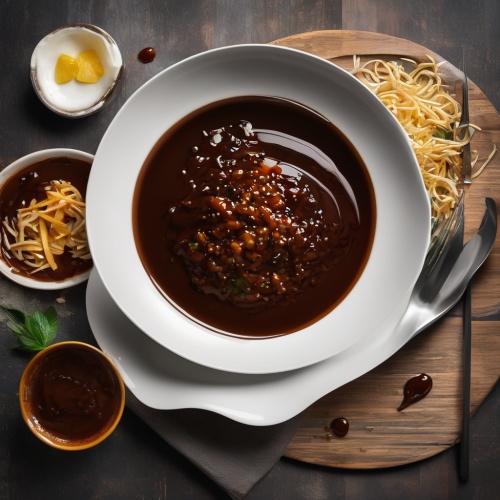 Jajangmyeon is a delightful noodle dish starring chewy somen noodles drenched in a savory black bean sauce, typically garnished with julienned cucumber, crispy seaweed, and sesame seeds. While it often features seafood like squid, octopus, or shrimp, there are also vegetarian versions available. This hearty meal is both filling and satisfying, reflecting its Chinese origin while embracing a uniquely Korean twist.
Jajangmyeon is a delightful noodle dish starring chewy somen noodles drenched in a savory black bean sauce, typically garnished with julienned cucumber, crispy seaweed, and sesame seeds. While it often features seafood like squid, octopus, or shrimp, there are also vegetarian versions available. This hearty meal is both filling and satisfying, reflecting its Chinese origin while embracing a uniquely Korean twist. 
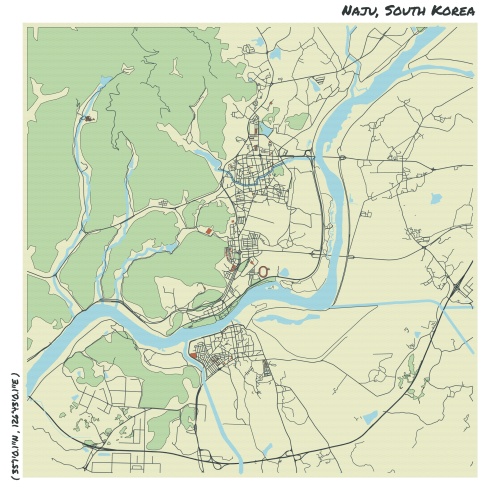

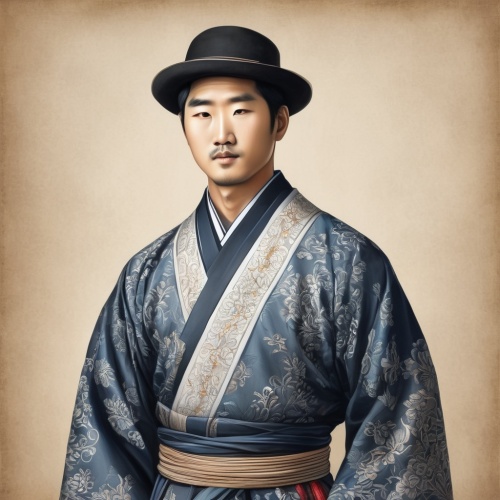
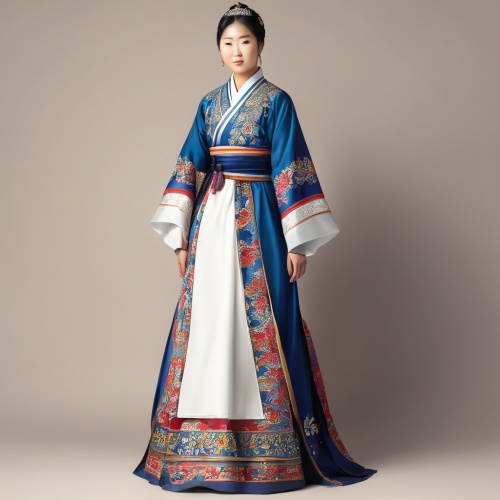
Comments
NO COMMENTS